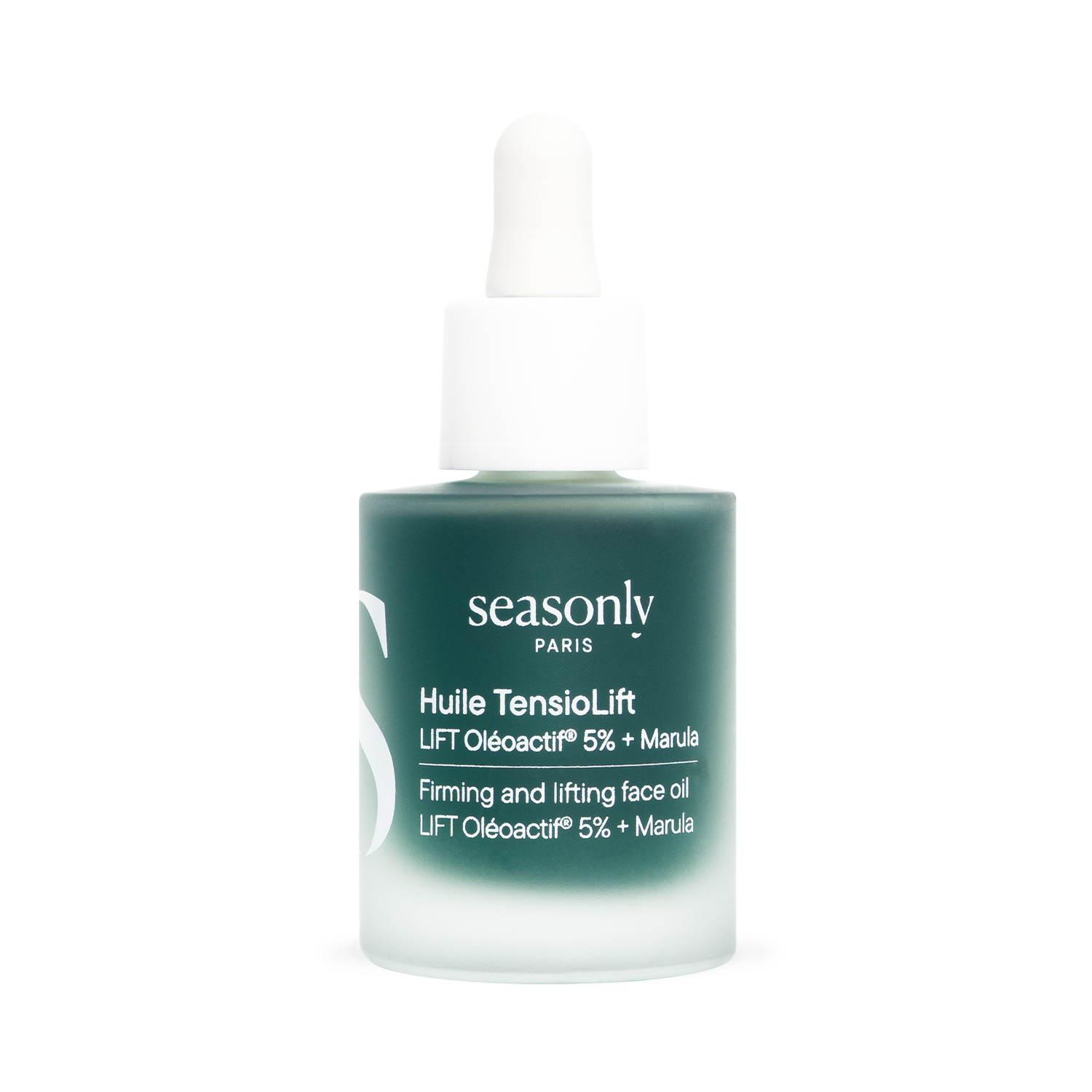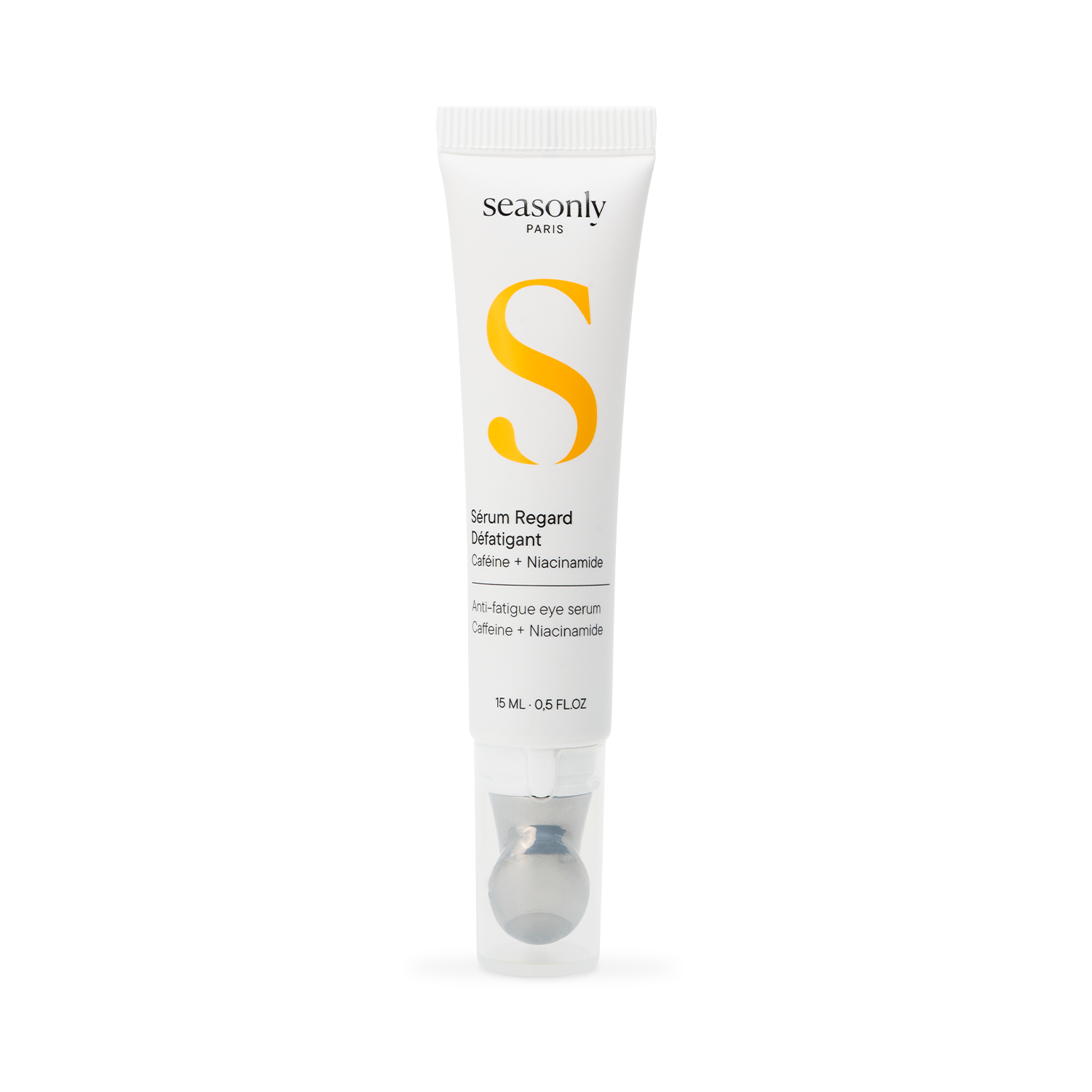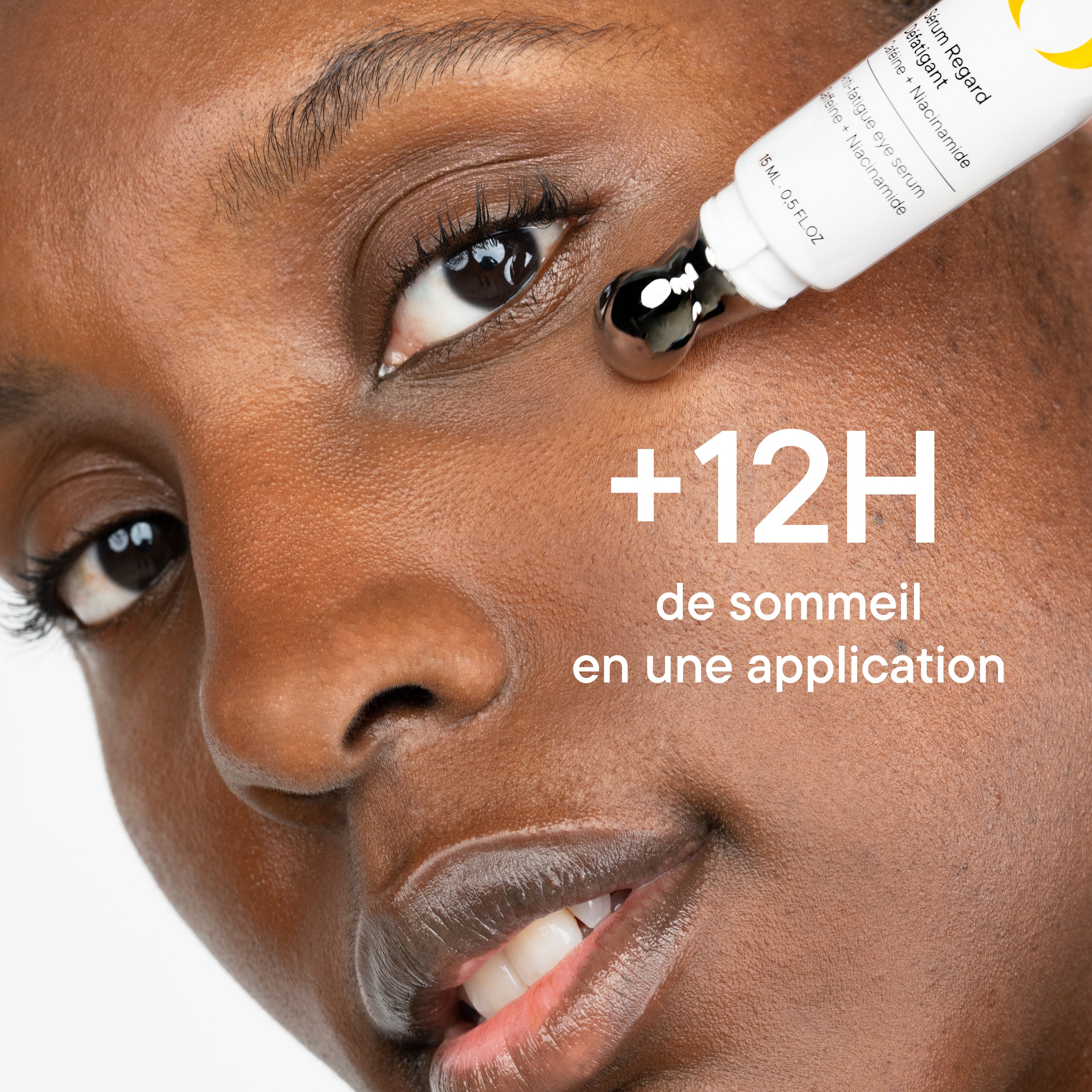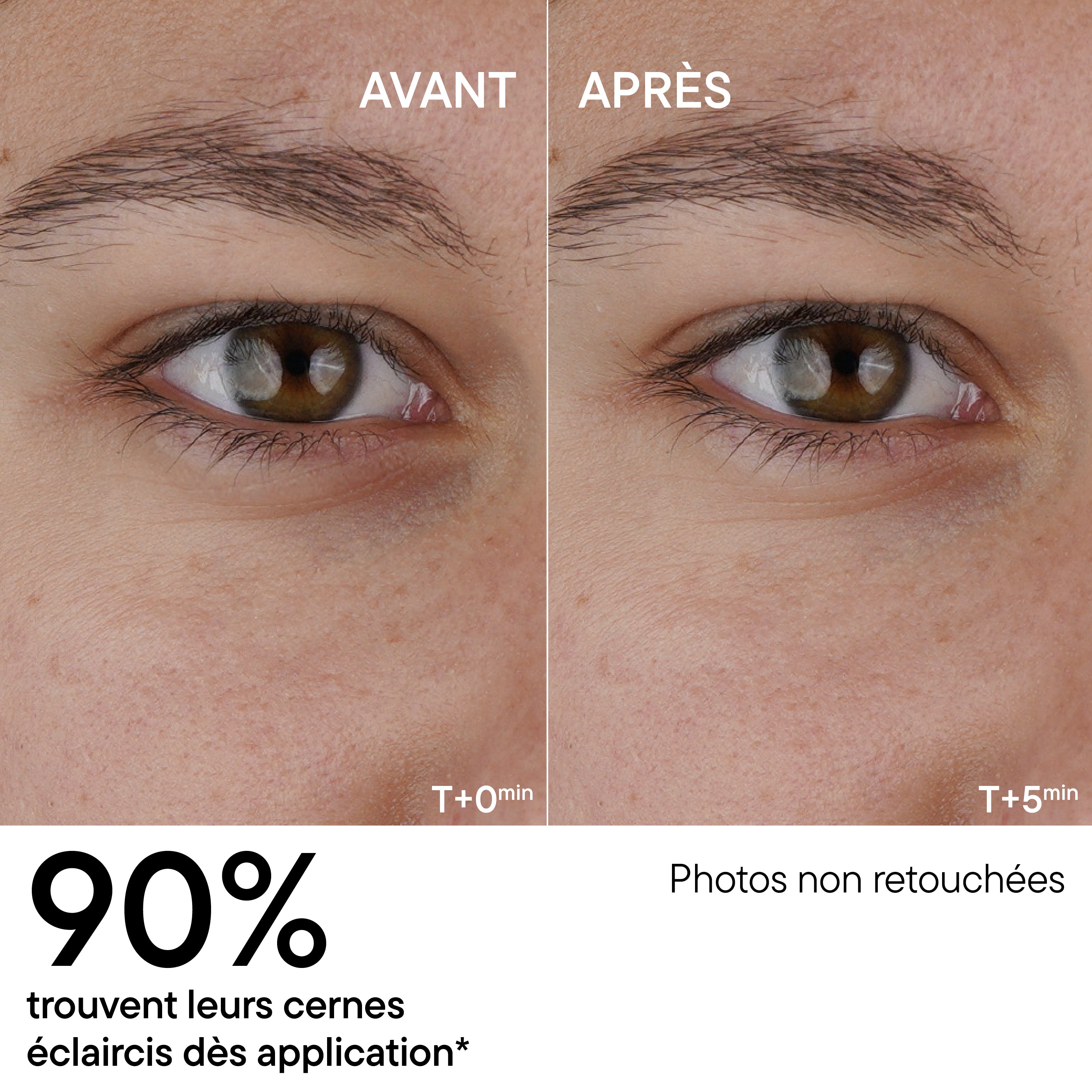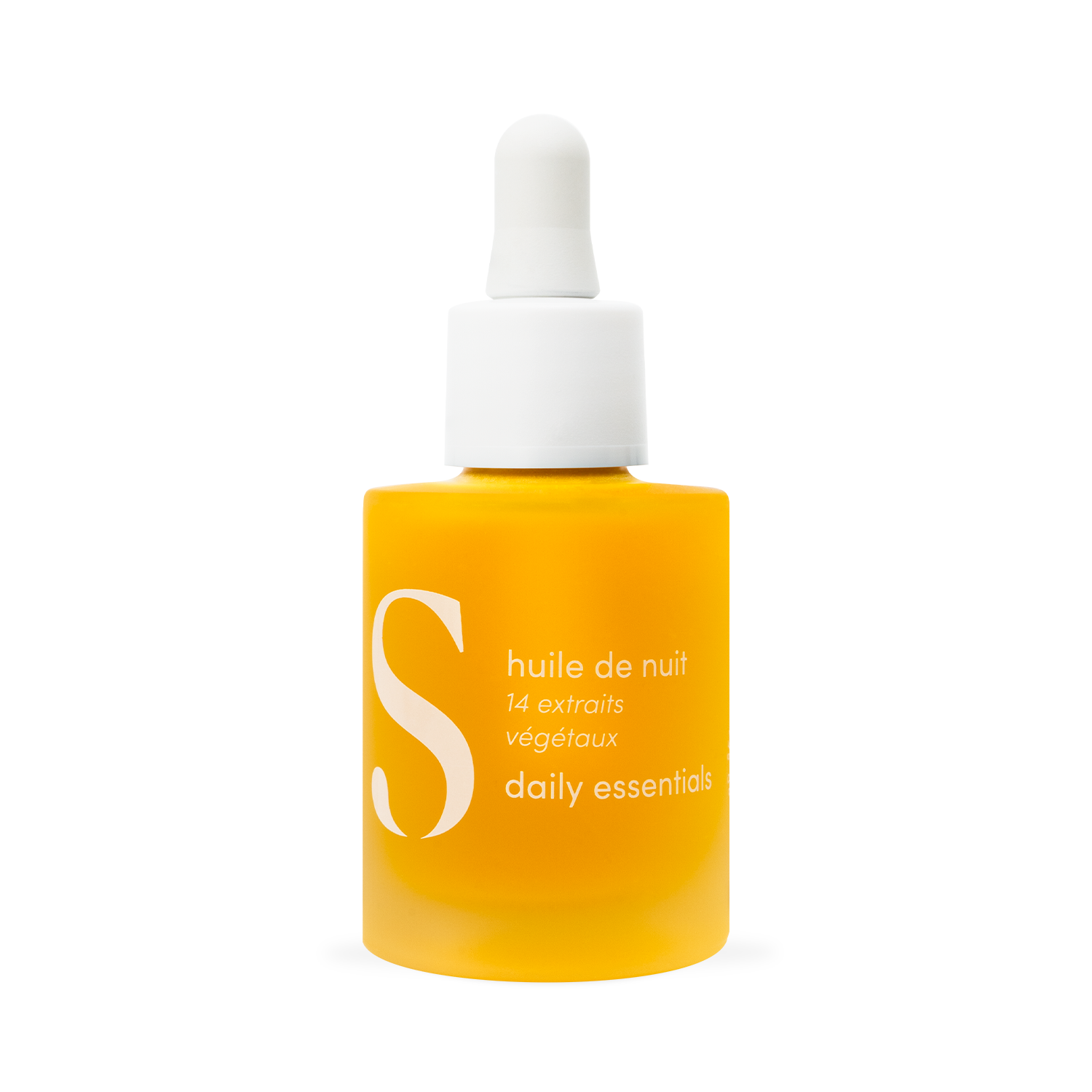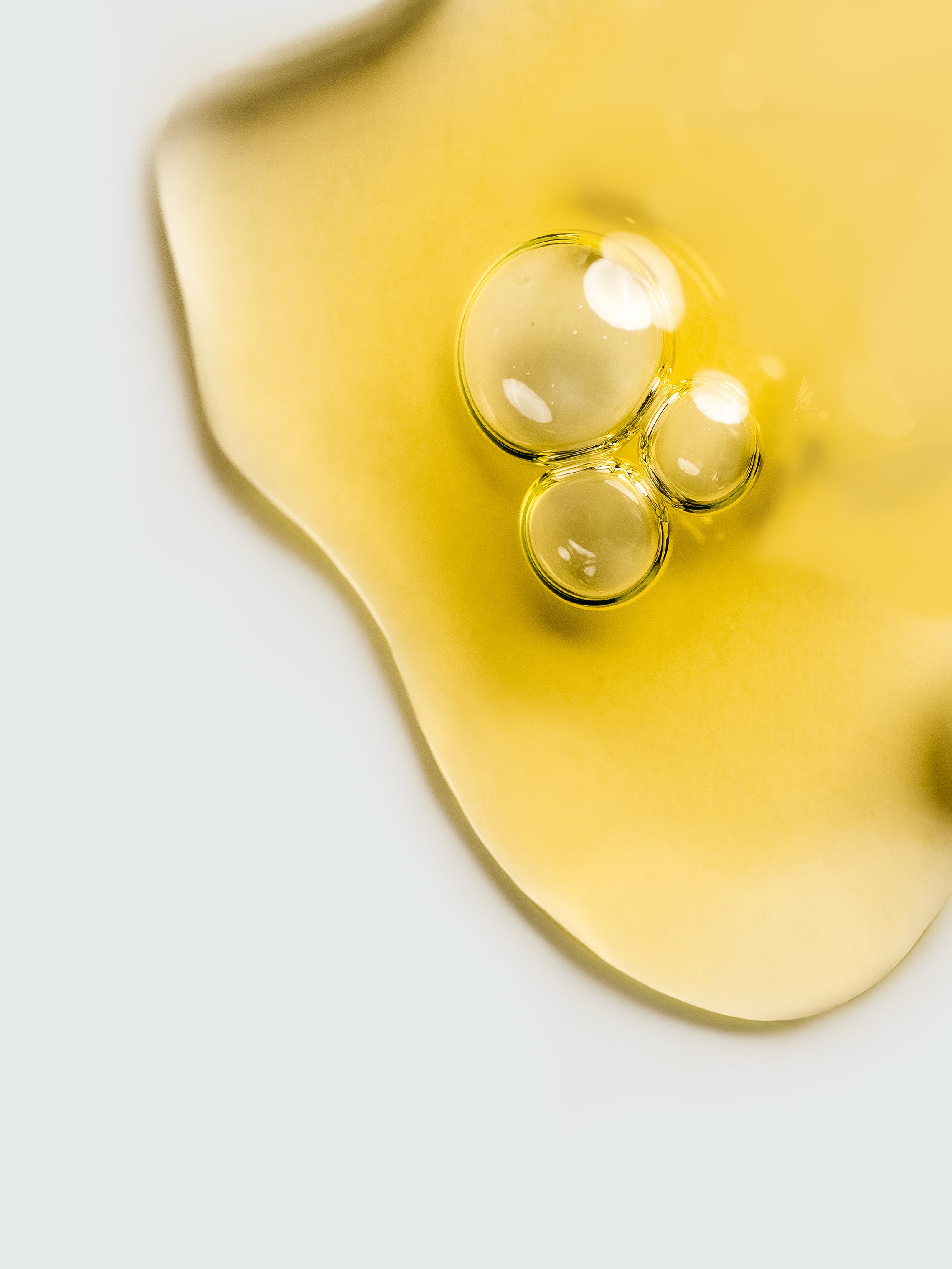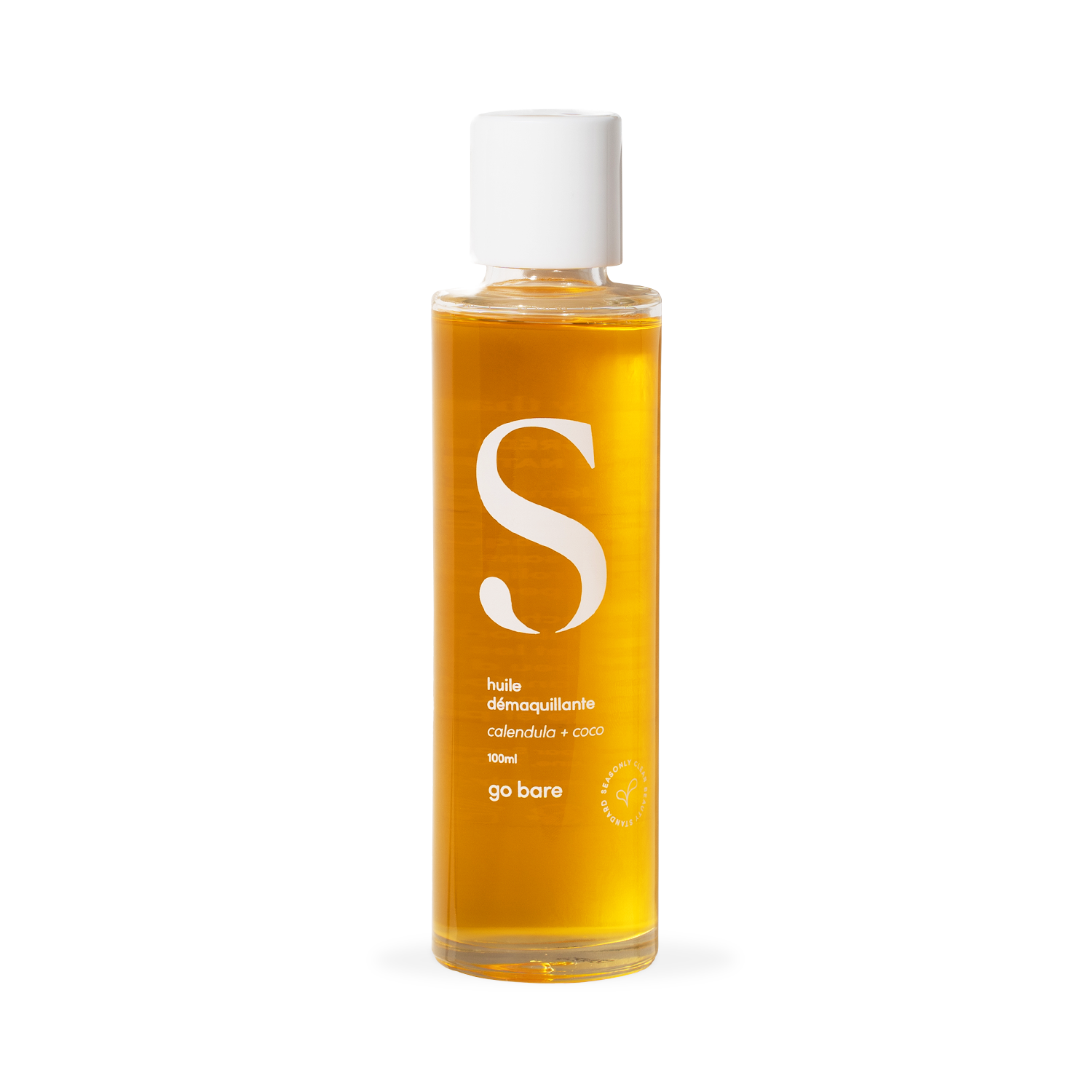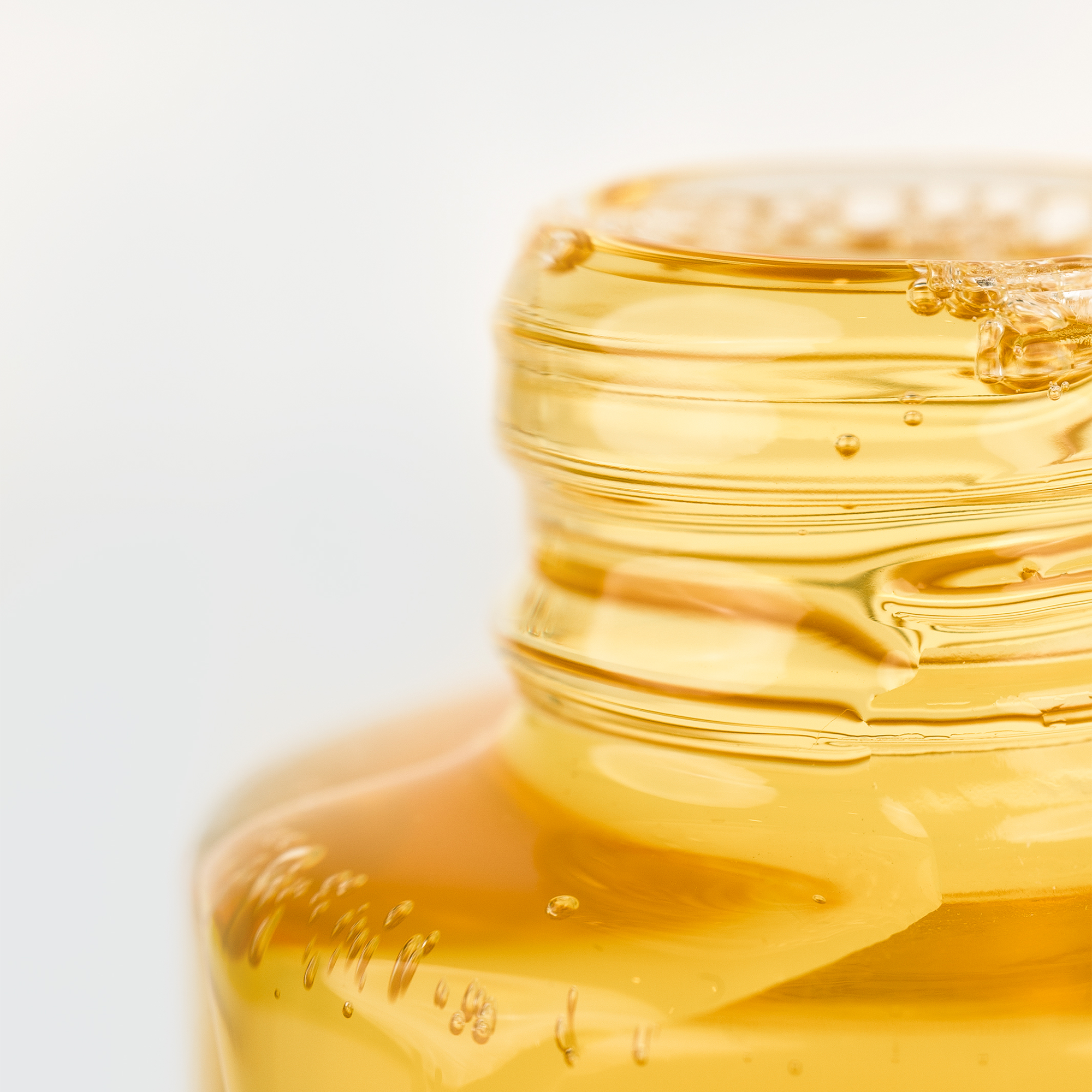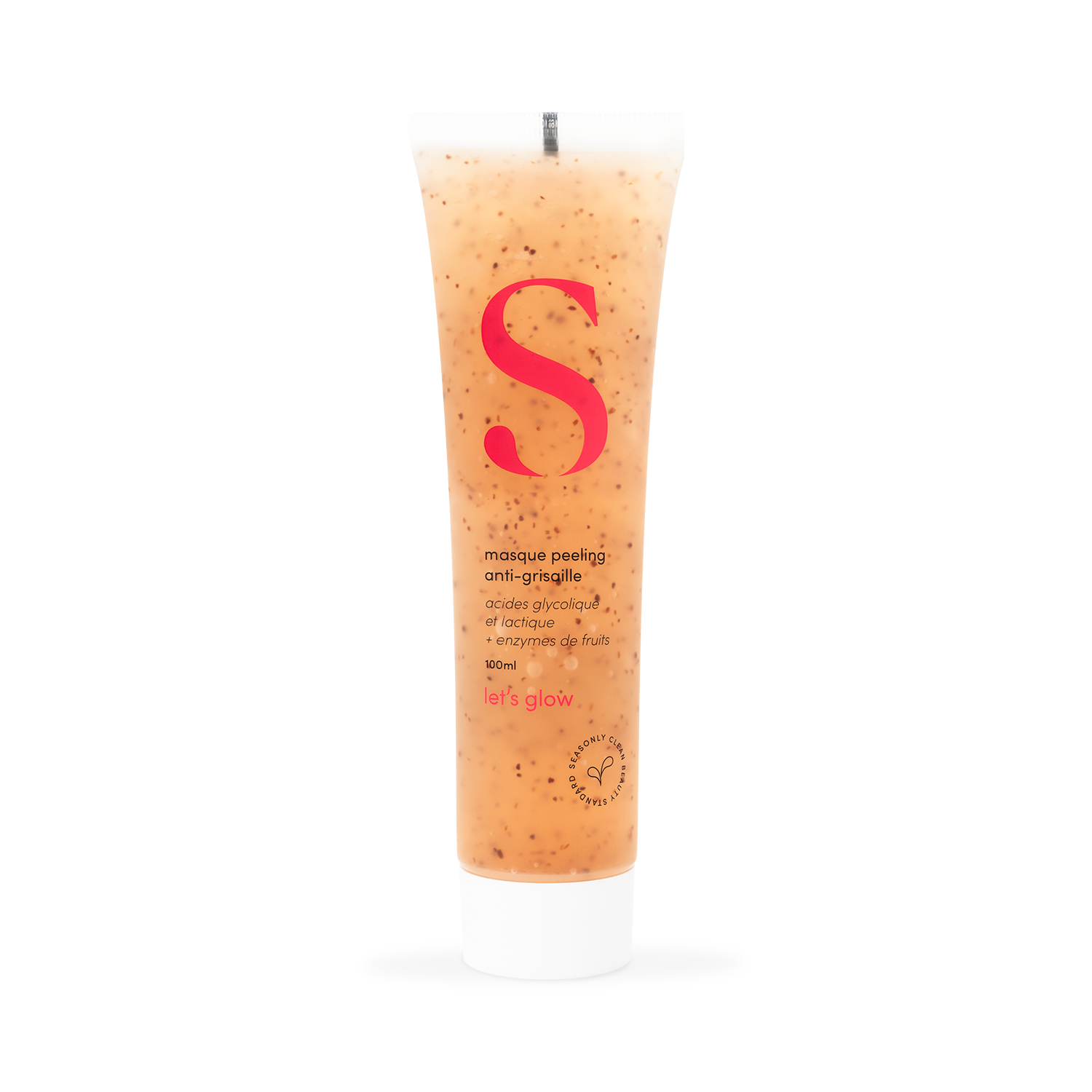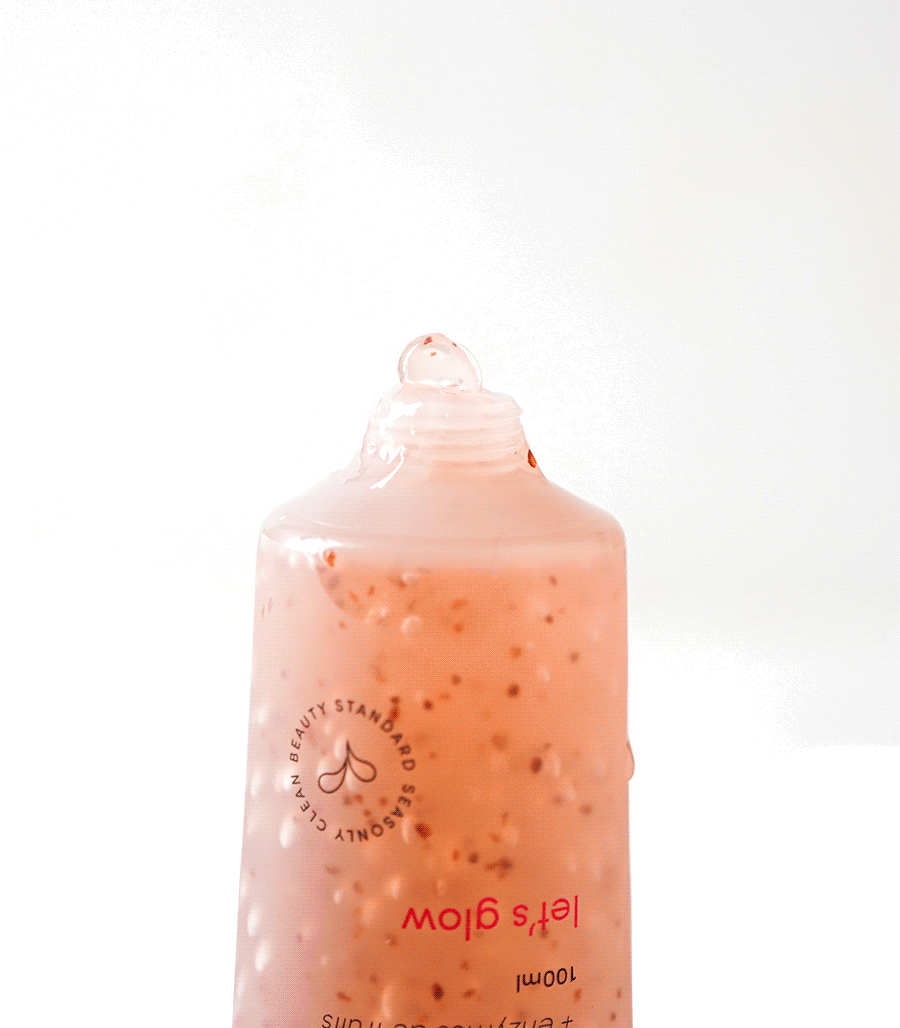Sun protection: a hot debate
So far, opinions are unanimous, the sun is the primary cause of skin aging: we should therefore never neglect our sun protection, and not only when we are at the beach.
Sun protection is a treatment made up of filters to protect the skin from UV rays. These can be synthetic and, in recent years, mineral. Two compositions, and therefore two very different ways of acting on the skin. Indeed, while synthetic filters absorb UV rays, mineral filters reflect them.
Certainly, but then where is the debate?
Although they produce the same result (protecting the skin from the sun), they evolve differently upon contact with the skin and the environment. So they both have different drawbacks. We decipher them together!
-
Synthetic (or so-called “chemical”) filters
They have two major disadvantages. Certain molecules contained in synthetic filters are in fact suspected of being endocrine disruptors. In addition, they have a very harmful impact on the environment, particularly on coral reefs. This is why some countries ban them to protect marine and plant species. Hawaii, for example, has just banned sunscreens containing oxybenzone and octinoxate, two synthetic sunscreens known to be destructive to the environment.
-
Mineral filters could today be a more “natural” alternative to synthetic filters. There are basically two, titanium dioxide and zinc.
However, they only exist naturally in the form of “large molecules” which tend to thicken and whiten formulas, which then become neither pleasant nor wearable on a daily basis.
Another solution is to transform these molecules into “nanoparticles”, which consists of fragmenting them to make them finer and thus attenuate their whitening and thickening effects. This is unfortunately not without consequences: these artificially transformed natural elements are suspected of being absorbed more easily and deeply by the body. They could thus alter cellular functioning.
Additionally, titanium dioxide is also suspected of being harmful to the environment.
Conclusion: there is no 100% good or bad solution, but compromises must be made.
At Seasonly, we are still working hard to find the best solution. In the meantime, following your feedback, we have decided not to put SPF in our personalized summer care formulas.
However, don't forget to protect yourself from the sun whenever exposed, and to choose the solution that suits you best. Have a nice summer everyone!
--------Seasonly's Clean Beauty Board opinion -----

Angeline Rocherieux, expert in cosmetic active ingredients, Arlette Baillet-Guffroy, doctor in skin pharmacology, and Michel Sabadie, R&D director in cosmetics, give you the three things to remember when it comes to sunscreen:
-
Always prefer sun protection, whatever the type of filter, to no protection: the sun remains the skin's number 1 enemy, much more dangerous than any filter (risk of skin cancer, and acceleration visible signs of skin aging)!
-
You must adapt the intensity of the filter to the skin phototype but also to the duration of exposure. No need to use a day cream with SPF if you are in an office most of the time. On the other hand, protection is welcome during your lunch break on the terrace. And in these cases there is no need to use a cream with an SPF that is too high (and therefore whitening). Better to repeat the gesture several times with an average SPF type 15.
-
Good to know: if you use a traditional chemical filter, be sure to put it in before exposure. It only starts to work 20 minutes after being put on the skin.






